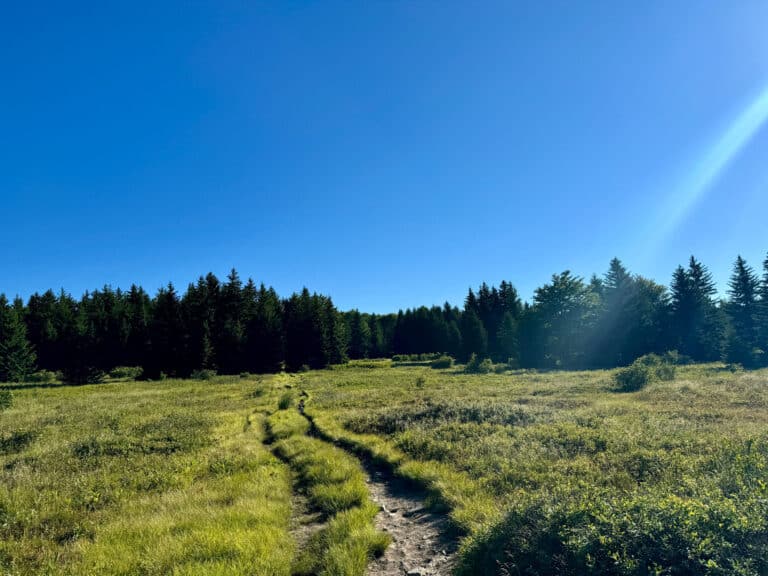Can standing on a balance board fix everything from a weak core to ADHD?
Colin Izzard is standing on a Lotus Balance Board inside his Carmichael Training studio, getting kind of philosophical about a word I can’t even pronounce. Proprioception. It’s a fancy word that means having awareness of your body’s movement and position in space. I had to google it. Izzard uses balance boards to help his downhill bike clients train, both for increased strength and proprioception. Think about the great speeds of downhill bikers and all the things that can go wrong during their descent, and you understand why having an increased awareness of the body would be a good idea. According to Izzard, balance boards help build body awareness because on a board, any little adjustment of the toe, hip, or hand, comes with consequences. What we’re talking about here is actually the ability to perceive oneself in space and focus on minute details at the same time.
Balance boards are simple things. Typically, they’re a piece of flat wood you put over a cylinder. Then you stand on it. Usually, you fall right off. But you get back on and work a little harder to balance the piece of wood on the cylinder.

Then you fall off, and hop back on again. Balance boards have been popular training tools with surfers and skateboarders for years, but the hidden benefits of increasing balance are just now starting to make inroads into mountain sports culture.
“We’re seeing a lot of different athletes start to use these boards,” says Michael Wolfe, one of the owners of Lotus Balance Boards. Increasing your balance may seem like a small thing to work on compared to leg strength, lung capacity, and endurance. But consider balance as the foundation for all of the sexier aspects of training.
“Think about your running stride,” says Jay Dicharry, director of the University of Virginia Center for Endurance Sports. “The stride is all about balance. When you’re running, you’re always balancing on one leg, so improving that single leg balance is actually the best thing you can do for your running.”
Dicharry has his runners spend a lot of time on one leg (while brushing teeth, washing dishes, waiting for an elevator), but he also uses a balance board to help runners fine tune the tiny muscles and movements that lead to better balance.
Once you get the actual balancing on a balance board down, you can then enter a wonderful, if slightly painful, world of strength training.
“We use the balance board as a platform for strength training,” says Izzard of Carmichael Training. Stand on the board, get some dumbbells and do curls, overhead presses, squats…that sort of thing. “You’re working big muscle groups and small muscle groups at the same time because of the unstable surface. You’re killing two birds with one stone.”
Actually, three birds, because of the proprioception thing, which brings us back to the left brain/right brain awareness concept that Izzard insists is firing when you’re standing on a balance board. Apparently, a bunch of scientists agree. There is a mounting body of evidence that shows balance boards help strengthen key brain processes like focus and motivation. Therapists have even started using the boards to help treat kids with ADHD, dyslexia, even poor reading skills.
All of that is a bonus of course. What you really need to know, is that the balance board will get you one step closer to the elusive six pack abs.
The Board: Lotus
There are a number of different balance boards on the market, but we like the Lotus for two reasons: it’s bamboo (every bit of green helps, right?) and it has “keyholes” on either end of the board, allowing you to incorporate resistance bands and progress from basic core and balance work to more intense strength training.
lotusbalanceboards.com
The Exercises
Squat: Once you can balance on the board for a minute straight, start doing squats. Don’t worry about holding any weights, simply drop into a deep body-weight squat. Try to do ten without dabbing the board.
Push Ups: Same as the squats. Adding the unstable surface engages much more than the pecs of traditional push ups. Again, try 10 without dabbing.
Moving Plank: In push-up position with your hands on the board, slowly roll the board to the right as far as you can. Pause, then roll the board to the left as far as you can. Feel all the tiny muscles in your stomach and back burn.
BALANCING IZZY: Watch Colin Izzard of Carmichael Training demonstrate some balance board exercises at blueridgeoutdoors.com







